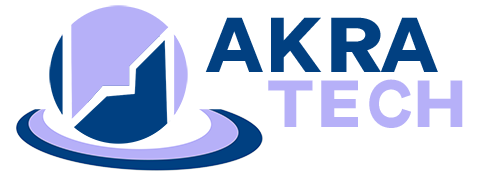Problem Management
Through the best support models in practice, today’s Suppler’s focus to implement the Problem management processes by identifying the root cause analysis and providing a proactive response to the incident and problem trends before they impact Customer, thereby ensuring that problems can be avoided before they occur.
The following are the major elements of a problem management system:
Problem Identification and Notification
Identify the existence of a “problem”, which is defined as a departure from the expected result, causing service concern. Examples of problems might be an outage, an incorrect or unusual result, or an impasse due to not knowing what to do next. Also included in this function is the responsibility of notifying the appropriate support structure.
Logging
Logging is the initial documenting of the problem to include all pertinent information known at the time. This is the introduction of the problem into the management system.
Problem Determination
It involves the collection of data, and analysis and correlation of the same to determine and isolate the cause of the problem.
Problem Restoration
It is the activity concerned with recovering, bypassing or circumventing the problem and notifying the same to the affected departments.
Problem Resolution
It involves solution identification and implementation, and then verification of the resolution and the notification of the affected appropriate organizations.
Problem Tracking
It involves the assignment of ownership and action for specific problems and the follow-up activity to ensure that the goals for the problems are being met. It includes priority setting and escalation activities.
Problem Severity and Priority
Severity codes provide the means for assigning a value to a problem so that the impact of the problem can be communicated to the people involved in the problem management process. These codes are arranged in order from 1 to 4 with number one (1) being the most critical. Problems of lesser significance are assigned lower numbers.
Incident Management
The supplier will analyze significant, recurring and unresolved incidents and identify underlying problems. The support team will also investigate, diagnose problem causes and update Known Error Database and the knowledge database for future reference/reuse by the support team.
The following activities would be performed as part of Incident Management:
- Maintain monitoring standards and policies
- Incident detection, record, classify and provide initial support
- Incident resolution and recovery
- Incident control and workaround
- Address service requests
Release Management
The focus of Release Management is the protection of the pre-production and production environment and its services through the use of formal procedures and checks. Supplier identifies release management as one of the important areas in support and Maintenance activities and offers robust resource planning and management backed by mature processes.
Release Management will involve the following activities:
- Release policy and planning
- Release design, build and configuration
- Release acceptance
- Rollout Planning
- Co-ordinate testing of predefined acceptance criteria
- Sign off of the release for implementation
- Audits of hardware and software prior to and following the implementation of changes
- Storage of controlled software in both centralized and distributed systems
- Release, distribution and the installation of the software.
Configuration Management
The supplier will set up a comprehensive CMDB (Configuration Management Database) which will account for all the supported assets. The Configuration Management will provide a logical model of identifying, controlling, and maintaining and verifying Configuration Items.
Service Delivery Best Practices:
| Function | Best Practices |
| Incident management | · Ownership of incidents to closure
· Warm Transfer for Incidents · Record solutions, update documents · Communication of outages periodically to IT and Business · Alerts for incidents nearing SLA failure thresholds |
| Problem Management | · Adequate impact analysis and evaluation of different solution ideas to minimize change
· RCA – Ask 6 why’s, what could have been done to prevent the problem? · RCA ownership coverage – Process, infrastructure, product vendors |
| Change and Release management | · Special approvals for emergency changes to production environment.
· Change freeze during special events, Month end, quarter ends and year end processing · Mandatory Back up and rollback plans for each release |
| Quality Management | · Prepare test plan and strategies earlier during the lifecycle
· Reviews of all deliverables, track defect density. · Defect Prediction and prevention. · Lessons learned database |
| Project Planning and tracking | · Work break down to include tasks for all functions and vendors and interdependencies |
